I have a csv file named seoul3112, contains PM10 concentrations. please, download..I have tried to plot sample variogram and fit a model on it.
library(sp)
library(gstat)
library(rgdal)
seoul3112<-read.csv("seoul3112.csv",row.name=1)
seoul3112<-na.omit(seoul3112)
#assign a CRS and reproject
coordinates(seoul3112)=~LON+LAT
proj4string(seoul3112) = "+proj=longlat +datum=WGS84"
seoul3112<-spTransform(seoul3112, CRS("+proj=utm +north +zone=52 +datum=WGS84"))
#plot semi-variogram
g<-gstat(id="PM10",formula=PM10~LON+LAT, data=seoul3112)
seoul3112.var<-variogram(g, cutoff=70000, width=6000)
seoul3112.var
plot(seoul3112.var, col="black", pch=16,cex=1.3,
xlab="Distance",ylab="Semivariance",
main="Omnidirectional Variogram for seoul 3112")
#Model fit
model.3112<- fit.variogram(seoul3112.var,vgm(700,"Gau",40000,400),fit.method = 2)
plot(seoul3112.var,model=model.3112, col="black", pch=16,cex=1.3,
xlab="Distance",ylab="Semivariance",
main="Omnidirectional Variogram for seoul 3112")
After writing these code I got a semi-variogram like this.
As I am very new in geostatistics, so I am confused that my above variogram is okay or not for my dataset. Because, in typical variogram, semivariance value become horizontal at sill. But this variogram going upward! Should I make make some correction in my code?
Another thing is, actually my final goal is doing kriging interpolation on my dataset(seoul3112).I don't understand that, for doing kriging, this sample variogram is enough or should I plot directional variogram or any other thing? Could anyone please explain it in details?


